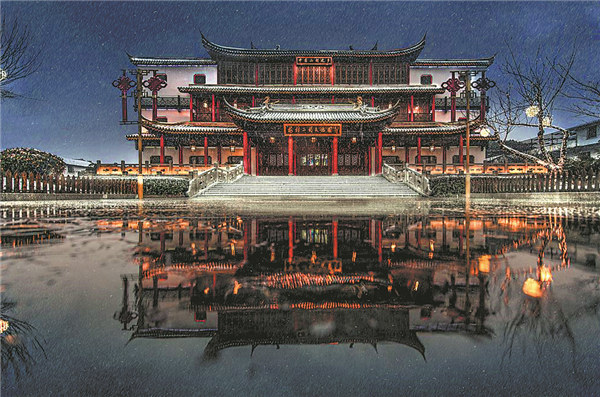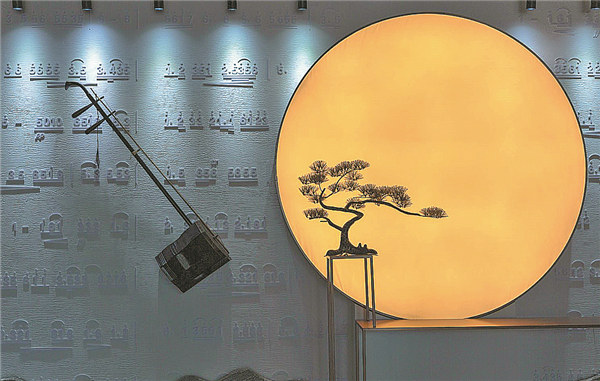

Wuxi — Musical instrument evolves with modern vigor
Wuxi, Jiangsu province, represents a vital cultural hub of Jiangnan (lower reaches of the Yangtze River) civilization and a popular tourist destination with acclaimed attractions and historical sites.
When it comes to Wuxi-made musical instruments, the erhu (two-stringed fiddle) is the most widely recognized. Arriving at the Wuxi New District Railway Station provides easy access to Meicun village, which is known to be "China's capital of the erhu" for over 50 years.
From its clusters of over 10 renowned workshops and brands, the village crafts nearly 50,000 erhu annually, accounting for approximately one-quarter of the domestic market share for midrange to premium models.
Yet Meicun's cultural resonance extends beyond its erhu makers' efforts into new generational realms.
A social media sensation has injected new enthusiasm for this traditional two-stringed fiddle among young audiences worldwide. Better known by his online persona Er Bing Hu La, Ma Yunfei mesmerizes over 3.7 million followers with his unique erhu showmanship, performing not just a traditional repertoire but also pop covers.
Ma's popularity sparked the interest of the venerable erhu brand Wanqixing, a name operating under legendary erhu-making master Wan Qixing. The implications extend far beyond simple marketing, however. Through his livestreams watched by tens of thousands of viewers, Ma has inspired legions of students from all walks of life and countries.
The young musician is aiming for a higher calling. "Before 30, I wanted to learn as much as possible and see the world," Ma reflects. "Now that I have, my next 20 years will be spent mastering the making of this instrument — that becomes my life's purpose."
Meicun became Ma's new home, where dozens of erhu workshops upholding storied brands are housed.
"An erhu consists of four main components — the sound box, neck, strings and bracketing," explains Bu Guangjun, a master erhu maker who was Wan's apprentice. "Each is fitted with painstaking precision."
"You can't simply measure snakeskin thickness with a ruler," notes Bu of the nuances that separate machine-made from handcrafted erhu. "It takes experience to judge the distinctive texture and breathe life into an instrument with soul."

From the 1960s onward, Meicun fostered folk instrument workshops to elevate its erhu craftsmanship.
"People from home and abroad come here to see how these iconic instruments are made traditionally," says Bu. "It sparks pride once they realize the skill involved, instead of just viewing it as antiquated."
The new generation of erhu makers aims to enrich the village's inheritance. "Previously, the erhu was slimmer for speed and traditional sensibilities," Bu says of the evolving aesthetic. "The previous generation enlarged it slightly for more volume without losing its quintessential qualities."
"Now, we pursue an adaptive philosophy — retaining core traditions while accommodating a modern, sometimes even northern repertoire, never conceived of ages ago. We've elongated the neck, modified the curves and thickness — all to unite historically distinct regional styles into one universally expressive voice," Bu explains.
"To truly revive appreciation for our heritage instruments," says Bu, "people must feel that playing the erhu is just as cool as the violin — an inherent point of cultural pride."